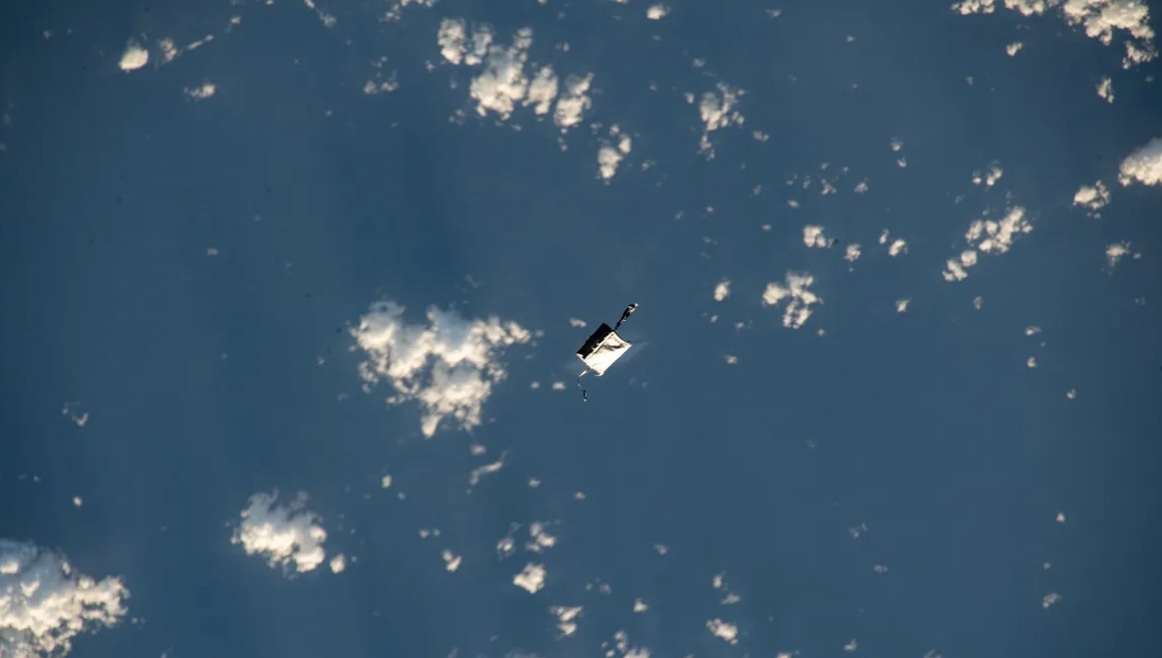Wenn ihr drei Stunden Zeit habt und die Sonnenfinsternis von vorgestern von verschiedenen Standpunkten aus in Echtzeit und von ganz nahem sehen wollt; bitte schön.
Watch a telescope feed of a total solar eclipse moving across North America on April 8, 2024, traveling through Mexico, across the United States from Texas to Maine, and exiting North America along Canada’s coast. Weather permitting, we will provide live views of the eclipse from several locations across the eclipse path, including showing the partially eclipsed Sun in different wavelengths of light.
A total solar eclipse occurs when the Moon passes between the Sun and Earth and briefly covers the full disk of the Sun. This reveals the Sun’s wispy, white outer atmosphere, called the corona. Weather permitting, people throughout most of North and Central America, including all of the contiguous United States, will be able to view at least a partial solar eclipse.
(Direktlink, via TKSST)



